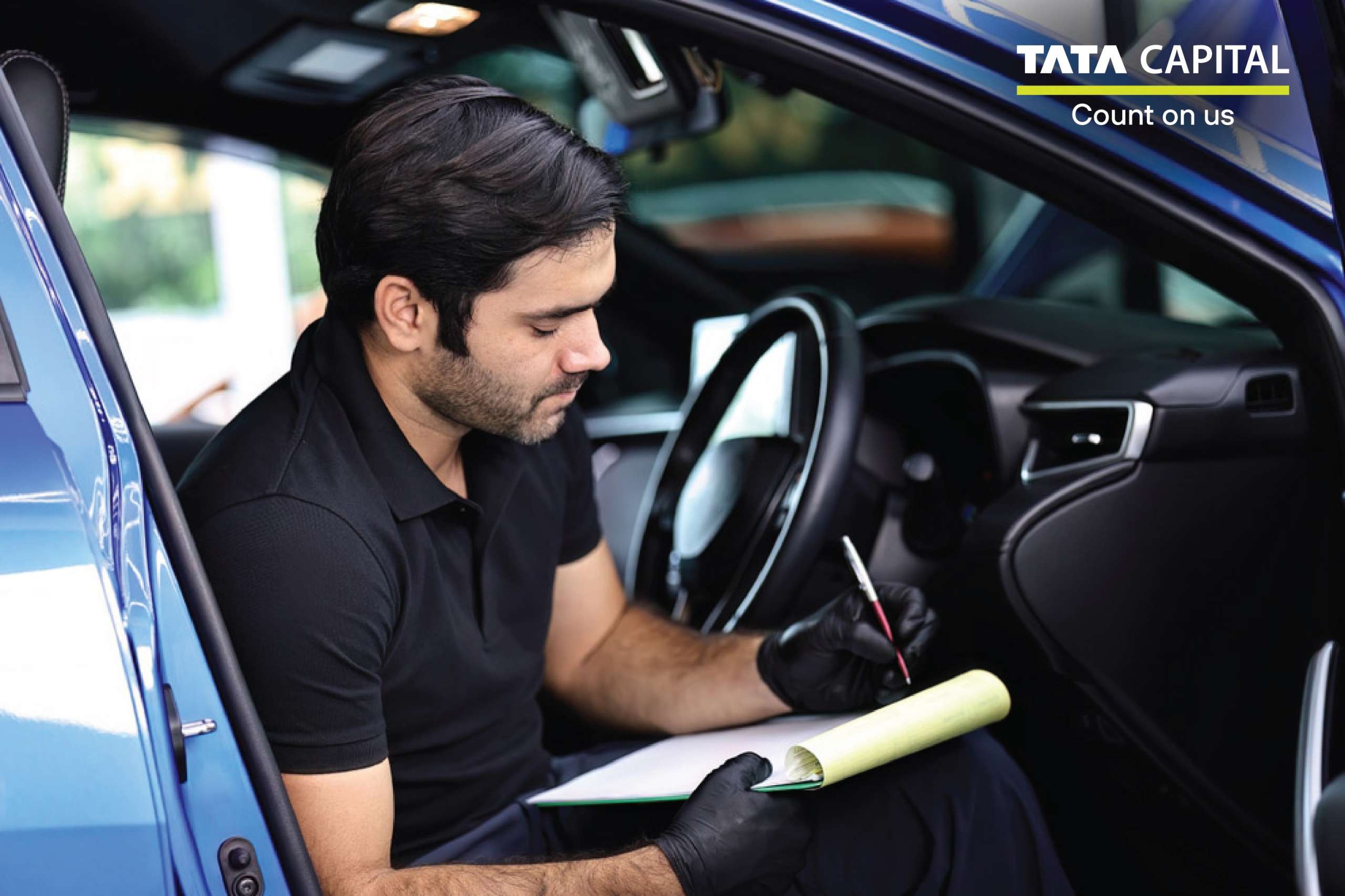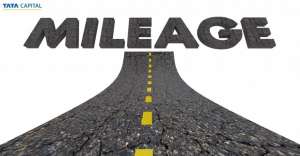Pre-delivery inspection (PDI) is a crucial step in the process of buying a new vehicle. It is an inspection performed by a dealership or a manufacturer to ensure that a vehicle is in good condition before it is delivered to a customer. This blog covers the importance of PDI, the car PDI checklist and what to look for during the PDI inspection.
What is Pre Delivery Inspection (PDI)?
Pre-delivery inspection is the inspection of vehicles done before delivering vehicles to customers. The purpose of a pre-delivery inspection is to identify any defects or issues with a vehicle which need to be addressed before the vehicle is delivered to a customer. The dealership or the manufacturer of the vehicle will examine the exterior and interior of the vehicle, as well as its mechanical and electrical systems, to ensure that everything is in good working order.
PDI Checklist
When one goes for a PDI inspection, it is important to have a PDI checklist to make sure it covers all the important areas that need to be checked. The following are some of the things that should be part of the checklist:
Exterior: Check for any scratches, dents or other damages to the exterior of the vehicle. Look for scratches or dents on the hood, roof, doors and fenders. Inspect for any cracks in the windshield or windows. Make sure the paint colour is consistent across the entire vehicle and that there are no rust spots.
Interior: Check for any issues with the upholstery, dashboard or other interior components. Inspect the upholstery for any tears, rips or stains. Make sure the seats are adjusted properly and that they recline and move smoothly. Check the dashboard for any cracks or other damage. Ensure all buttons, switches and knobs are working properly.
Tyres: Check the tyre tread and make sure they are properly inflated. Ensure the tyre tread are free from any signs of wear and tear. Make sure the tyres are properly aligned and that they are of the same size and brand.
Engine: Check the engine oil level and make sure there are no leaks. Inspect the oil level using a dipstick and make sure it is at the correct level. Look for any leaks from the engine or transmission. Make sure the oil is clean and free of debris.
Electrical Systems: Check the electrical systems, including the lights, radio and air conditioning, to make sure they are in good working order. Examine the headlights, taillights and turn signals to make sure they are all working properly. Test the radio and make sure it is working. Check the air conditioning and make sure it is blowing cold air.
Brakes: Check the brake pads and make sure they are in good condition. Inspect the brake pads for any signs of wear or damage. Make sure the brakes are functioning properly and that they help stop the vehicle smoothly.
Suspension: Check the suspension and make sure it is working properly. Inspect the shocks and struts for any signs of wear or damage. Make sure the vehicle rides smoothly and that it does not bounce or sway excessively.
Transmission: Check the transmission and make sure it is shifting smoothly. Examine the transmission fluid level and make sure it is at the correct level. Make sure the transmission is shifting smoothly and that there are no grinding or slipping sounds.
By following this PDI checklist and paying attention to the points mentioned above, one can be sure to inspect their new vehicles thoroughly and identify any potential issues before taking ownership.
Car PDI Checklist for Physical Inspection
Here is a quick checklist to inspect your new car for physical damage-
- Start by examining the vehicle in a well-lit, open space to get a clear view of its exterior.
- Carefully check the paintwork across different sections to identify any inconsistencies or defects.
- Walk around the car to spot any dents, scratches, or marks on the body.
- Open and close the doors to verify smooth operation and proper locking.
- Test the bonnet and boot lid to ensure they open and close effortlessly.
- Inspect the engine bay for cleanliness—there should be no dirt, rust, or oil spills.
- Look under the bonnet for any tangled wires, leaks, or broken plastic parts.
- Confirm that the spare tyre and wheel are brand new and in good condition.
- Open the boot to check for any damaged plastic components, missing tools (jack, spanner, OEM toolkit), or tampered wiring.
- Closely examine the front and rear windshields for cracks or scratches, and check all windows for any visible damage.
- Assess the tyres for wear, confirm they have sufficient tread, and ensure they are inflated to the recommended pressure.
Car PDI Checklist for Interior Inspection
After completing the exterior inspection, step inside the vehicle to assess the interior thoroughly. Use this checklist to ensure everything is in perfect condition-
- Inspect the dashboard, seats, and door panels for any scratches, stains, or imperfections.
- Evaluate the overall fit, finish, and build quality of the interior components.
- Examine both the front and rear seats, along with the carpet or floor mats, for any visible stains or damage.
- Test the glove box to confirm it opens and closes smoothly.
- Lift the carpet or mats to check for any signs of water leakage inside the cabin.
- Operate the windows, especially power windows, to ensure they move up and down without issues.
- Test the seat belts and all seat adjustment mechanisms for proper functionality.
- Turn the steering wheel to ensure it moves freely without resistance.
- Inspect the roof liner and door seals, keeping an eye out for cracks or defects.
- Verify the odometer reading on the dashboard, which should typically be below 100 km.
Car PDI Checklist for Inspection of Electrical Components
Once you’ve reviewed the exterior and interior, the next step is to ensure all electrical components are functioning properly. Use this checklist to verify their performance-
- Start the engine and test the air conditioning system to ensure it cools the cabin efficiently.
- Inspect the AC vents for dust buildup and check for any unusual or unpleasant odours from the airflow.
- Turn on the headlights, tail lights, fog lights, indicator lights, and interior lights to confirm they are working correctly.
- Test the horn and windshield wipers to ensure they function without any issues.
- Check the infotainment system, including the display, speakers, ports, and all control buttons, for proper operation.
- Open the bonnet and examine the battery terminals for any signs of rust or corrosion.
- Ask the dealership for battery warranty documents to confirm its coverage.
Car PDI Checklist for Inspection of Essential Fluids
To ensure optimal performance, a car relies on various essential fluids. Before accepting delivery, use this checklist to verify fluid levels-
- Open the bonnet and inspect the engine oil level using the dipstick. If the vehicle has a digital oil level indicator on the dashboard, check that as well.
- Examine the coolant reservoir to confirm that the coolant level falls within the recommended range between the minimum and maximum markers.
- Verify that the brake fluid and power steering fluid levels meet the manufacturer’s specifications.
- Lastly, check the windscreen washer fluid reservoir to ensure it is adequately filled.
Car PDI Checklist for a Test Drive
Once you’re satisfied with the car’s overall condition, take it for a short test drive to assess its performance. It’s best to have a dealership representative accompany you. Follow this checklist during the drive-
- Test the acceleration and braking to see if there are any sudden jerks while speeding up or any unusual noises when applying the brakes.
- Ensure the car maintains a straight path when briefly releasing the steering wheel. If it veers to one side, the wheel alignment may need adjustment. (Only attempt this in a safe driving environment.)
- Listen for any strange noises from the suspension or chassis while driving.
- Check the responsiveness of the accelerator, brake, and clutch pedals to ensure they function smoothly.
- Assess the gearbox and gear lever for seamless shifting, and verify that the handbrake engages and releases properly.
Car PDI Checklist for Inspection of Duplicate Key
Every new car includes a spare key, and it’s essential to confirm that it functions correctly. Use this checklist to verify its usability:
- Test the duplicate key by locking and unlocking the doors.
- Start the engine with the spare key to ensure it works properly.
Why Should You Perform a PDI for Your New Car?
PDI is an important step in the vehicle buying process as it allows one to check the condition of the vehicle before taking ownership of the vehicle. This can help identify any issues that need to be addressed. If there are any problems with the vehicle, those can be fixed or the buyer can negotiate a better deal on the purchase price.
Points to keep in mind during a Pre-delivery Inspection (PDI)
Pre-delivery inspection is crucial to ensure that your vehicle is in perfect condition before you take delivery. Here are the key points you must keep in mind-
1. Ask the right questions
Don’t hesitate to ask the right questions from the car dealer for any discrepancies or issues with the vehicle.
2. Conduct daylight inspection
It is always a good idea to conduct a pre-delivery inspection during the daytime as it will be easier to inspect the interior and exterior of the car in natural light. You can check for imperfections in the exterior, interiors, or upholstery and the car’s underbody.
3. Do not rush
Most importantly, don’t rush through your PDI checklist – take your time conducting a thorough car inspection to avoid any issues later.
Conclusion
PDI inspection is an important step that should not be skipped during a vehicle buying process. By doing a thorough pre-delivery inspection of a vehicle before taking ownership, one can ensure that they are getting the vehicle in good condition. Remember to always use a car PDI checklist and to be thorough in pre-delivery inspection to make sure one is covering all the important things mentioned in the checklist.
Tata Capital provides a useful service to those looking to purchase a used vehicle by offering a comprehensive PDI checklist and used car loan. By following this checklist and availing the used car loan, one can ensure that they thoroughly inspect their new vehicle before taking ownership and can make an informed decision. Tata Capital’s financial experts are dedicated to making the process of buying a used vehicle as seamless and stress-free as possible.
FAQs
A PDI (Pre-Delivery Inspection) checklist is a comprehensive list of tasks and checks that you must perform to ensure a vehicle is in perfect condition before taking delivery. This includes checking the interior and exterior of the vehicle, tyres, engine, suspension, brakes, and so on to ensure excellent performance
While conducting PDI, you must keep certain documents handy to verify the vehicle's specifications. These include the invoice for the car, which mentions the car's chassis, engine number, and VIN, and RTO documents, which mention the car's engine and chassis number. Make sure to verify these to the number on the car.
A pre-delivery inspection (PDI) is essential for ensuring a vehicle meets the manufacturer's standards and is free from defects before reaching the customer. This comprehensive check verifies the condition and functionality of all components, including the vehicle's exterior, interior, and mechanical systems. It ensures that the vehicle is delivered to the customer in flawless condition.
The Pre-Delivery Inspection (PDI) aims to ensure that the vehicle is in perfect condition before being handed over to the customer. It involves a thorough check to identify and rectify any issues related to the vehicle's exterior, interior, mechanical systems, and electronics to ensure safety and functionality.
In a PDI, look for bodywork imperfections, proper functioning of lights and electronics, condition of tires and wheels, and the smooth operation of all controls and mechanical systems, such as brakes and suspension. Additionally, check the fluid levels and battery condition and ensure all documentation, tools, and accessories are present.
The PDI process systematically inspects the vehicle's exterior, interior, and mechanical components. It includes checking the bodywork, lights, electronics, tires, fluid levels, and battery. A road test is conducted to assess performance and handling.
Pre-Delivery Inspection (PDI) is usually free of charge as it's part of the dealership’s service. However, some third-party inspections may charge a fixed cost, depending on the service provider.
Yes, you can request a PDI before making the full payment. Many dealerships allow this to ensure you get the correct model, variant, and a defect-free car before finalizing the purchase.


 9 mins read
9 mins read

 Previous Post
Previous Post









